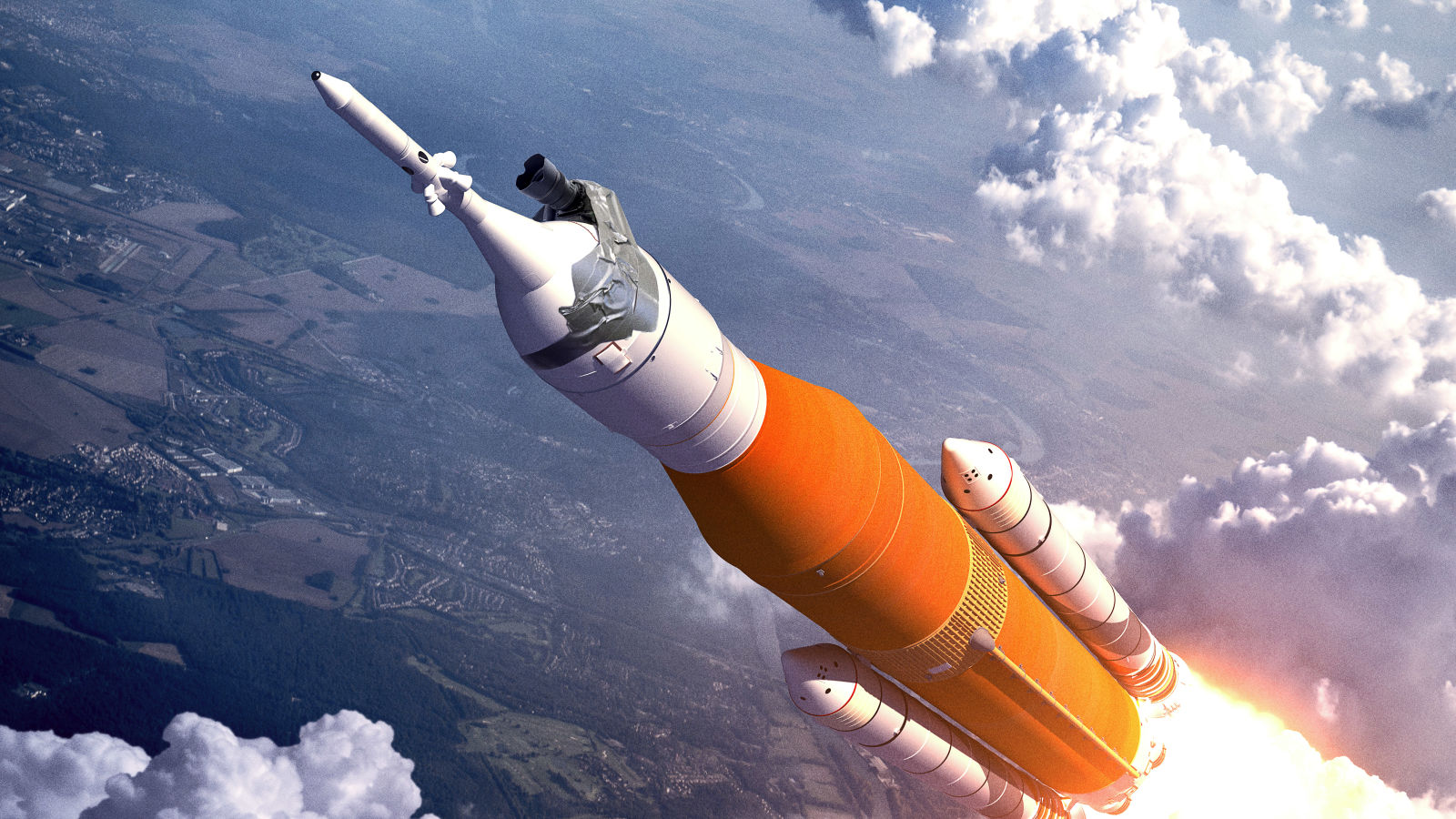

This will test out not only the rocket and spacecraft but also the supporting ground systems and teams. The flight will last several weeks, and go further into space than all the Apollo missions.
#Recent nasa launch today full#
The Artemis-1 flight will be the first full integrated test of the super heavy-lift SLS launch vehicle and the Orion capsule.

Berger said while that’s high, he expects showers to be sporadic, and feels there will be a good opportunity to launch. “The probability of weather violation at any point in the countdown still looks to me rather high,” Berger said, and it would be somewhere in the neighborhood of 60%. we’ will have some clear air for window, but have showers in the area and that could delay tanking. Morning storms could delay filling the fuel tanks. Launch Weather Officer Mark Berger said the weather forecast favors showers and thunderstorms moving into the morning and early afternoon, but he’s optimistic there will be some “clear air” for parts the launch window. “We will have a plan for a go-no go that day,” he said, “but I’m anticipating we are not going to get any better results on the temperature bleed sensor on engine 3.”Īnother factor on Saturday’s launch attempt might be the weather. If they still get the low temperature readings during Saturday’s countdown, Honeycutt said they will rely on other factors to determine if they will go ahead with the launch. This will replicate a timeline that was used successfully during a previous test of the engines. “We did some troubleshooting to try to bring that back, but that was not successful, and it was outside the bounds of launching.”Įven though they feel the problem came in the instrumentation, the teams will start engine chill earlier in the countdown in an attempt to have the RS-25 engines ready for ignition. “We did see that we had one engine that was reading a little out of family from the others,” said launch director Charlie Blackwell-Thompson. ET, ApNASA administrator says SpaceX launch is 'a good start. So what was it like to watch Starship launch today. While engines 1, 2 and 4 had reached about -410 F (-245 C), engine 3 was about 30-40 degrees warmer. Follow the latest space news here or read about the. SLS program manager John Honeycutt said they needed to get the temperatures to about -420 F (-251 C). 29, 2022 during the first launch attempt of the Artemis program. NASA’s Space Launch System (SLS) rocket with the Orion spacecraft aboard at Launch Pad 39B, Monday, Aug. However, after reviewing the data, the team feels that the SLS rocket’s engine number 3’s temperature issue was very likely due to a faulty sensor, rather than the engine not reaching its desired chilldown temperature. During the launch attempt on August 29, the main problem was due to an “engine bleed” issue, which effectively means that one of the four main engines could not be properly chilled to temperatures needed for ignition at launch.


 0 kommentar(er)
0 kommentar(er)
